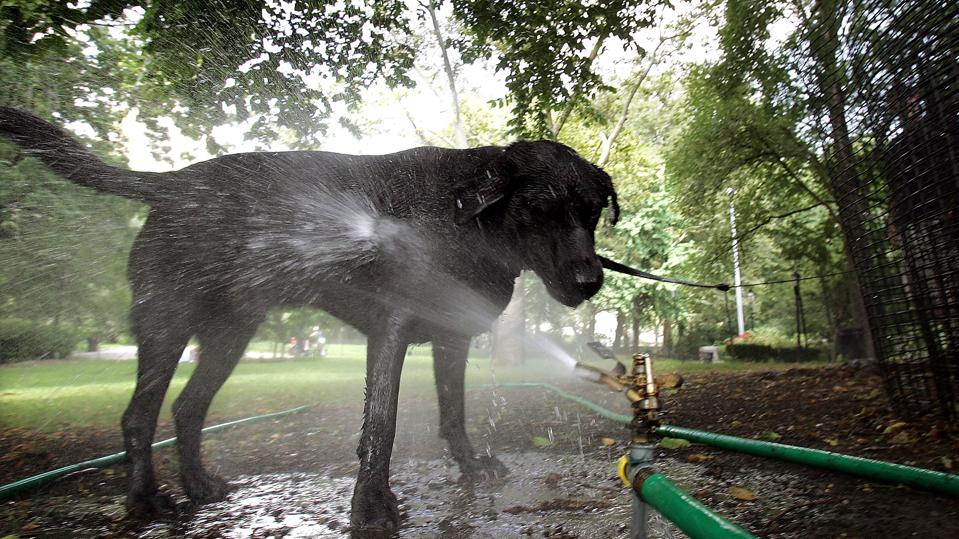Editor’s Note: We receive a commission from affiliate links on Forbes Consulting. Commissions do not affect our editors’ opinions or reviews.
Heat watches and warnings are in effect across the country, with southern regions being hit hardest. Weather forecasters called for temperatures of 113 degrees in Dallas, 108 degrees in Miami and 104 degrees in Jacksonville. Phoenix is expected to have its hottest week on record.
That inflammation is not only difficult for people to deal with; Extreme temperatures can mean heatstroke, dehydration, or death for pets—especially those in crowded, confined spaces, or left outdoors. Walking your pet on a hot floor can also lead to burns on their paws.
To protect your pet in the heat, you want to take extra precautions. This may be a good time to consider pet insurance, in case you have to make an unscheduled visit to the vet. Some pet insurance policies have very short waiting periods.
Here are some other preventative measures recommended by pet care professionals.
Like all humans, shade and cool water are essential
You may need to change your walk or have your pet spend time in a cooler area to accommodate the high temperatures. Fans alone may not be enough to keep your pet cool. For example, some dogs may show signs of heatstroke when the temperature reaches 81 to 85 degrees.
Top tips for hot days include:
- Limit outdoor activities. A dog’s temperature should not exceed 104 degrees.
- When your pet goes outside, make sure there is plenty of shade – such as trees and tarps – and plenty of ice-cold water.
- Use cool body wraps or mats to keep pets comfortable.
- For outdoor cats, be sure to leave food in a shaded area and provide plenty of cool water. But remove the cat food within 30 minutes to avoid attracting insects.
Do not leave pets in the car – they can overheat quickly.
According to a study by Veterinarians.org on heat-related pet deaths, the No. 1 cause is leaving pets in hot cars.
Even on hot days, leaving pets in the car unattended can be dangerous.
According to the Humane Society, on an 85 degree day the temperature inside a car (with the windows cracked) can rise to 102 degrees within 10 minutes. After 30 minutes, the temperature rises to 120 degrees. At that point, your pet’s health may be at risk.
Consequences can include irreversible disability or death.
Find out if your pet is more vulnerable
All animals can suffer from heat stroke, but these animals are at greatest risk:
- Young or very old pets
- Pets that are not fit or do not get much exercise
- Pets with a history of heart or respiratory disease
- Pets with short muzzles, including dog breeds such as Boxers, Pugs, and Shih Tzus
13 symptoms of heat stroke
Knowing what to watch for will help you act quickly in an emergency. Your pet may be suffering from heat stroke if they experience one or more of these symptoms:
- Heavy breathing
- Sparkling eyes
- Fast heartbeat
- Difficulty breathing
- Excessive thirst
- Indifference
- Fever
- Dizziness or loss of coordination
- Process saliva
- Notice
- Deep red or purple tongue
- Seizure
- Loss of consciousness
If you have pet insurance, make that information useful if you need to visit the vet.
at last
Take heat warnings seriously. Make sure your pet has cool water and can stay in the shade protected from the heat. If your pet shows signs of heatstroke, contact your veterinarian immediately. Be sure to immediately move your pet to a shaded or air-conditioned area.
